Ssamjang is a delicious Korean spicy dipping sauce or condiment used to add the final flavor punch to the Korean Ssam or lettuce wrap. It’s spicy and salty mix of umami-packed fermented soybean paste and gochujang that’s just incredible when eaten with grilled meats and vegetables!
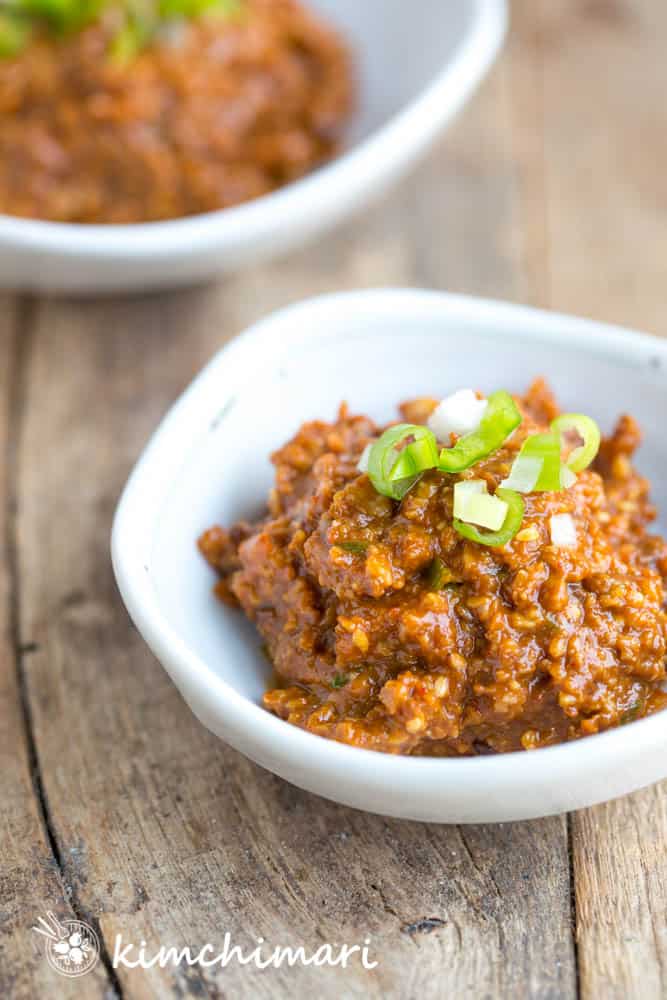
What is Ssamjang
Ssamjang is a condiment unique to Korean cuisine that’s used in Korean Ssam or lettuce wrap. Korean ssam usually contains rice, a kind of protein (bulgogi, grilled pork belly, kkongchi jorim and more) wrapped in lettuce or any vegetable leaf that is big enough to make a wrap. So it actually is not a ‘dipping sauce’ in this case but I used the words because that’s what most people seem to call it.
Ssam 쌈 means to wrap and Jang 장 means sauce. So literally it means ‘wrap sauce’.. but it’s the most amazingly complex and umami packed spicy and salty sauce that’s a perfect compliment to grilled meats or just plain fresh vegetables.
5 Ways to eat Ssamjang
- With Korean BBQ + Lettuce Wrap (Ssam) – Here’s a picture of how you would make ssam – you can see a small dollop of ssamjang on top of grilled pork belly. And here I am using a Perilla Leaf (Kkaennip) to wrap it. Check out my 6 Korean BBQ Marinades recipes to see how to make with beef, chicken and pork. I also have a separate post for enjoying it with Pork Belly. I also have a post where I share info on all the different ssam greens used.
- With Kkongchi (pike mackerel) Jorim – One of my very first posts, make jorim with canned kkongchi and enjoy with ssam and ssamjang.
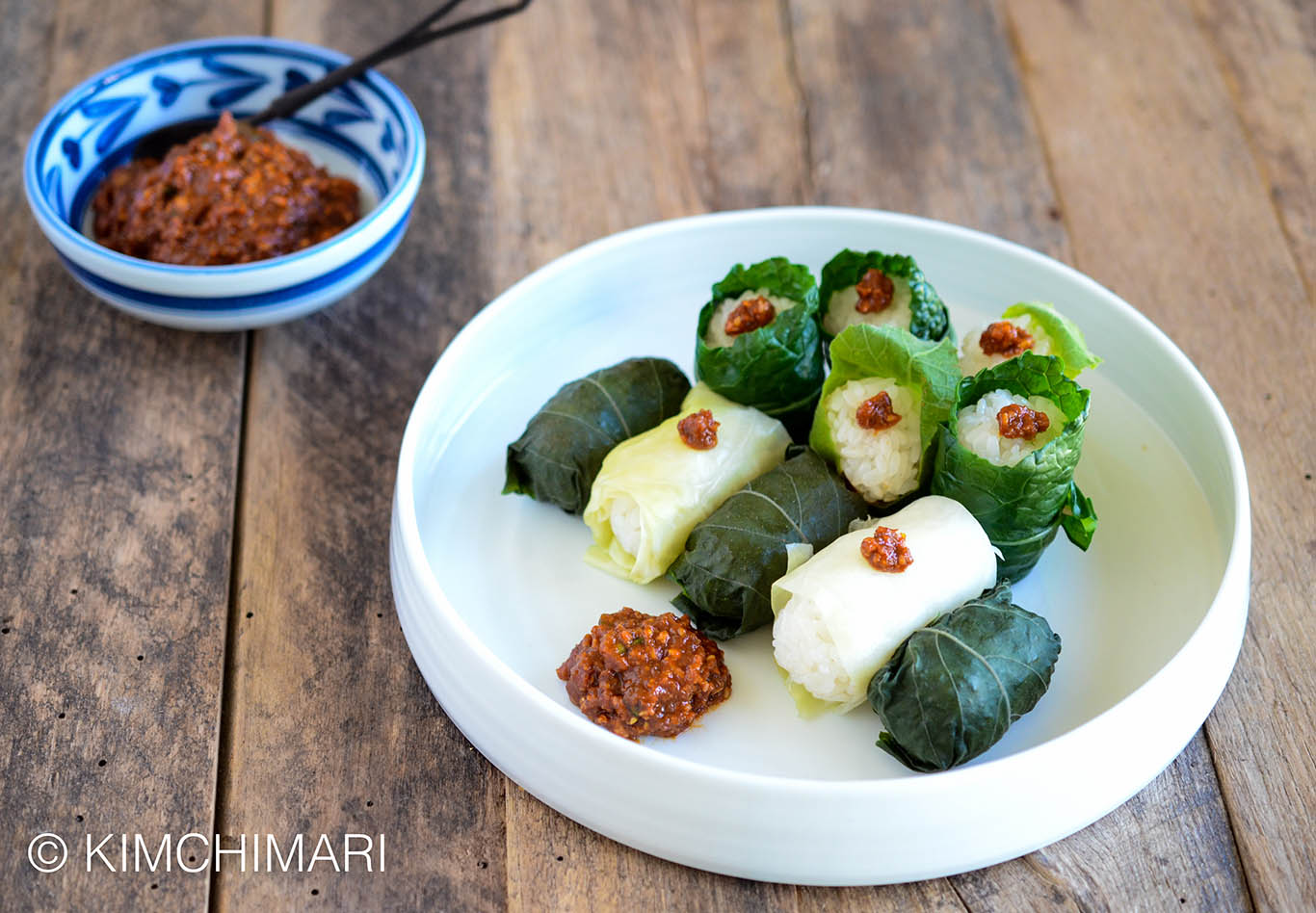
Korean ssambap lettuce wrap perilla, kale, cabbage, squash leaves - Make Ssambap – make pretty and yummy little ssambap, excellent for parties or for lunchboxes!
- With Fresh Vegetable sticks and Chili Peppers – One of Korean’s (and my) favorite way to eat ssamjang is to dip green chili peppers like Korean Putgochu, Jalapeno Peppers or Annaheim peppers (not spicy at all). When I think about eating it this way, I’m always taken back to warm Korean summer days at my dad’s farm, sitting with the farmers and ajummas and eating a yummy but humble meal with them
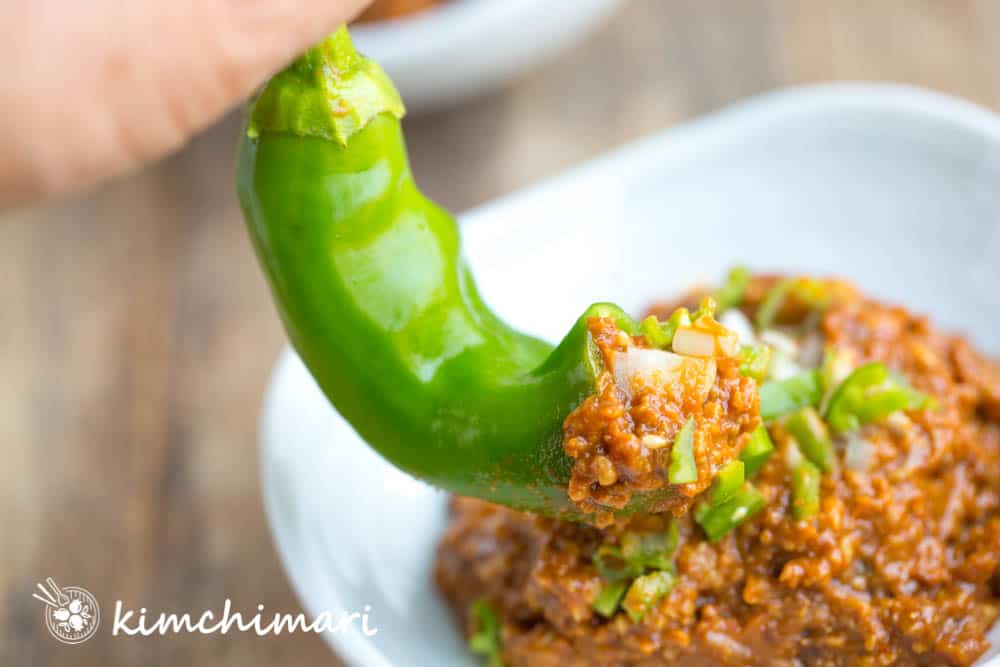
A typical lunch at the farm is a bowl of Boribap (보리밥 Barley Rice), some banchan like Myeolchi Bokkeum, Namuls with a pile of Korean green chili peppers on a plate and ssamjang. The chili peppers are served whole not cut, and you pick one up with your hands and dip them into the ssamjang, take a bite and then dip again for your next bite. The above image shows it in action. YUM!
But haha.. I know.. we were basically double dipping!! But Koreans always shared plates together in the old days – not so much these days.
Oh oh!! And we can’t forget Makgeolli!! Makgeolli was said to give farmers extra energy boost and also relaxes their sore muscles. So they claim..haha. If you ever want to try making Makgeolli at home, here’s my recipe.You can also dip various vegetable sticks in them – like carrots, cucumbers and bell peppers. I love having just a side of fresh veggies and ssam as banchan for my meals, whether I have grilled meats or not.
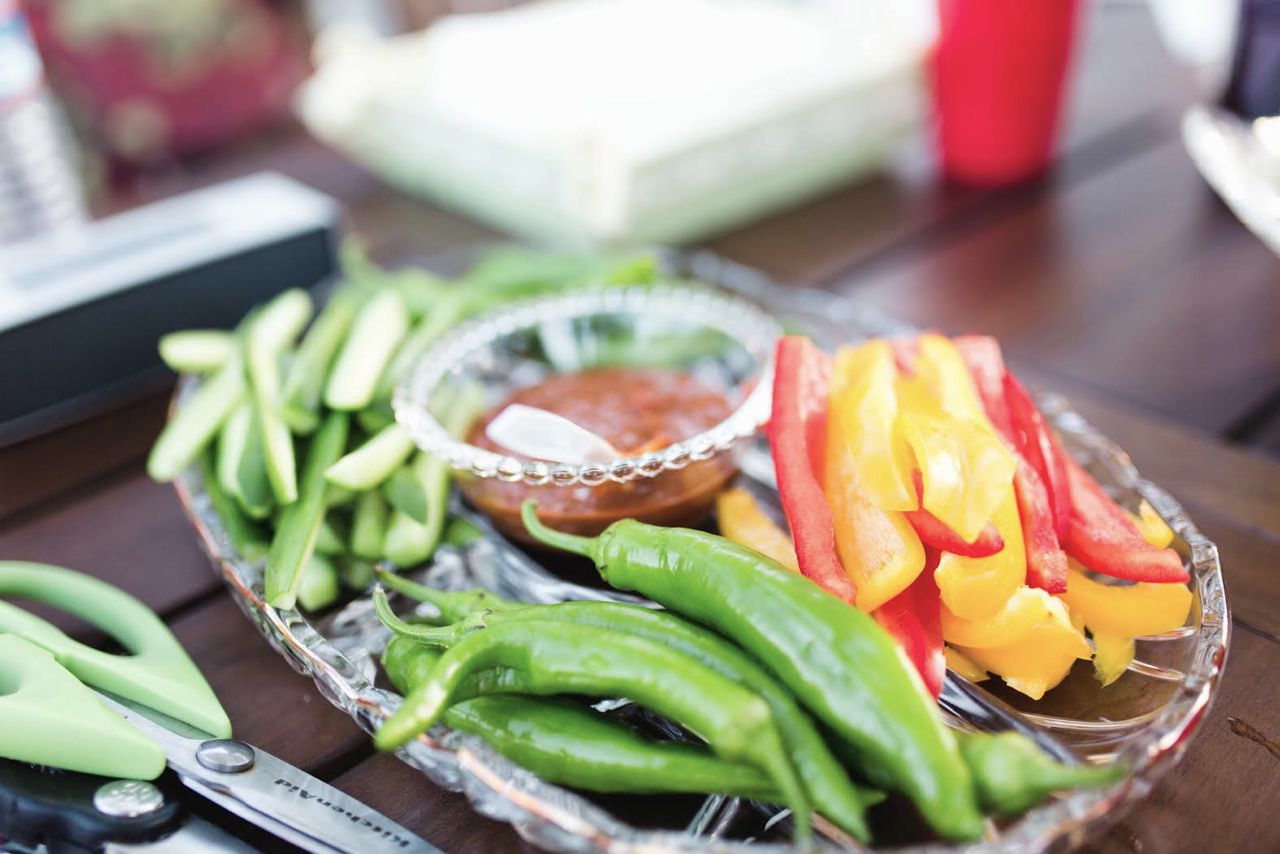
Korean Vegetable Platter with Ssam Jang - Try using ssamjang to make Bibimbap instead of just gochujang. It adds a whole dimension of flavor that you may enjoy.
Best Ssamjang to Buy
If you don’t want to make Ssamjang yourself but buy one, I have 2 brands that I am going to recommend. I can’t say I have tasted them all but from the 5 or so different ones, I found Sempio 샘표 (left) and Haechandeul 해찬들 (right) to have the best balanced flavors. Note Sempio one says No MSG.
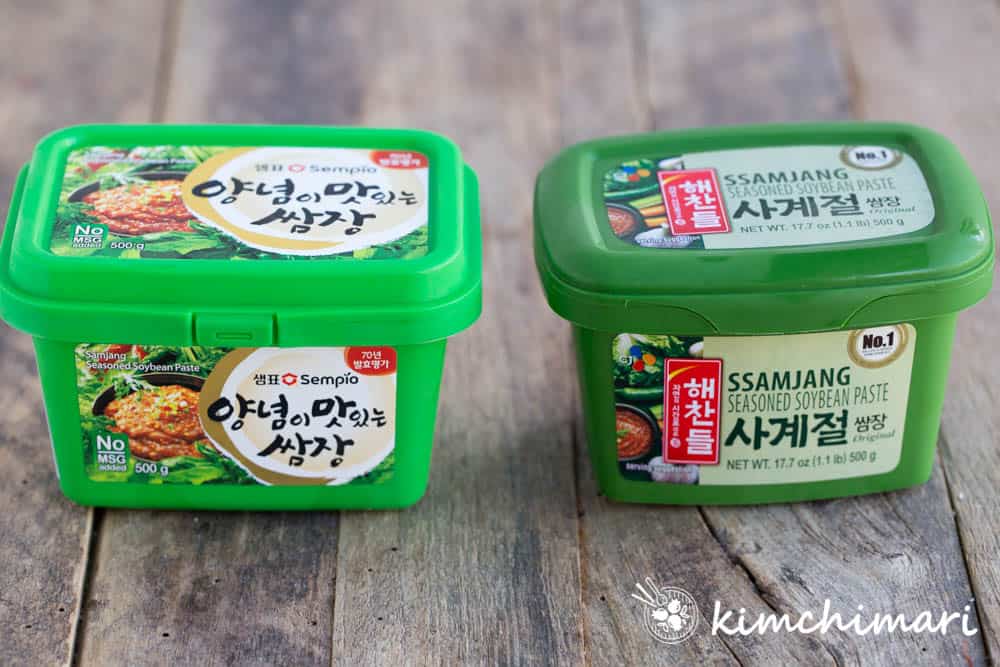
Tips for Making Good Ssamjang
- First, you want to start with good Doenjang (soybean paste) and Gochujang (chili pepper paste) because they are the foundation of all good ssamjang. Read my Know your soybean paste post to learn all about Doenjang.
- Try different Doenjang to Gochujang ratio – I like to use 2 Doenjang to 1 Gochujang ratio. But making it with all Doenjang or mostly Doenjang is a great variation to try. It’s less spicy but still good.
- Is your ssamjang too salty? Best way to tone down the saltiness of ssamjang is to add fresh firm tofu crumbles. Depending on how salty the Doenjang and Gochujang is, I add more tofu to make it less salty.
- Add some fresh chopped green chili peppers and green onions to brighten the flavor!
Ingredients
Full Version
- 2 Tbs Doenjang (Korean soybean paste)
- 1 Tbs Gochujang (Korean chili pepper paste)
- 2-3 Tbs extra firm tofu crumbles
- 1 Tbs Mayonnaise
- 2 tsp chopped garlic
- 2 tsp chopped green onions
- 1 tsp chopped green chili peppers (Korean putgochu or Jalapeno)
- 1 tsp dried onion powder or 1 Tbsp finely chopped fresh onion
- 1 tsp sesame seeds
- 1 tsp sesame oil
- 1 tsp maple syrup or mulyeot (korean corn syrup)
- 1 tsp green plum syrup or 1/2 tsp sugar
Simple Version (this may be saltier since tofu is not added but still good and keeps fresh longer)
- 2 Tbs Doenjang (Korean soybean paste)
- 1 Tbs Gochujang (Korean chili pepper paste)
- 1 Tbs Mayonnaise
- 1 tsp chopped fresh garlic
- 2 tsp chopped fresh green onions
- 1 tsp chopped fresh green chili peppers
- 1 tsp sesame seeds
- 1 tsp sesame oil
step by step Directions
- If adding tofu, squeeze out excess liquid from tofu with your hands or by using cheesecloth. You don’t need to remove liquid completely but just lightly enough so that it’s not dripping liquid.
- Chop green onions, garlic, chili peppers.
- Mix all ingredients together in a bowl, taste and adjust by adding more tofu if too salty.
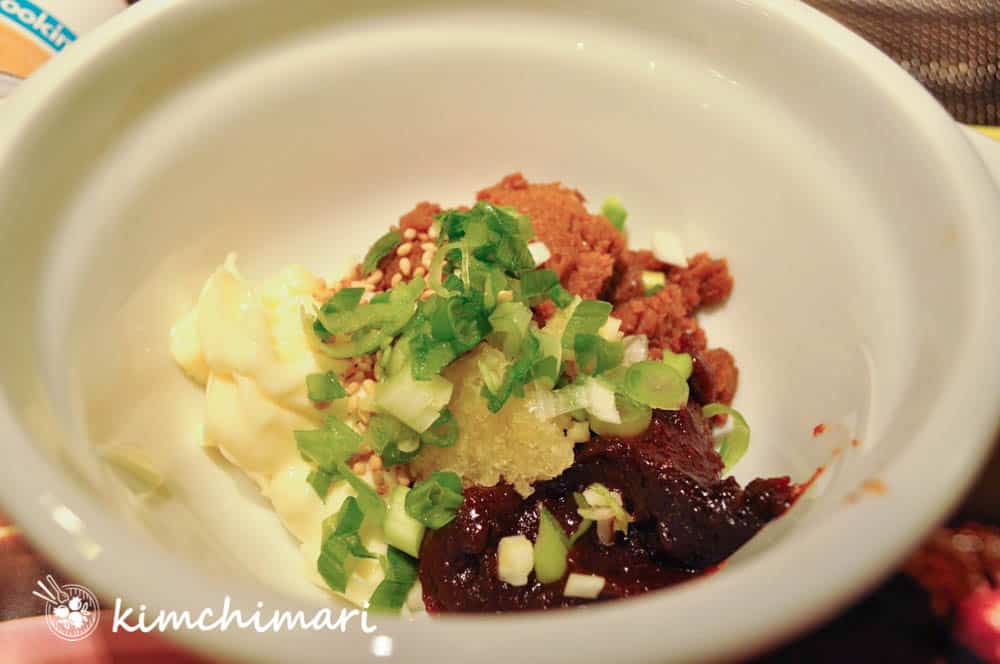
ssamjang ingredients in bowl 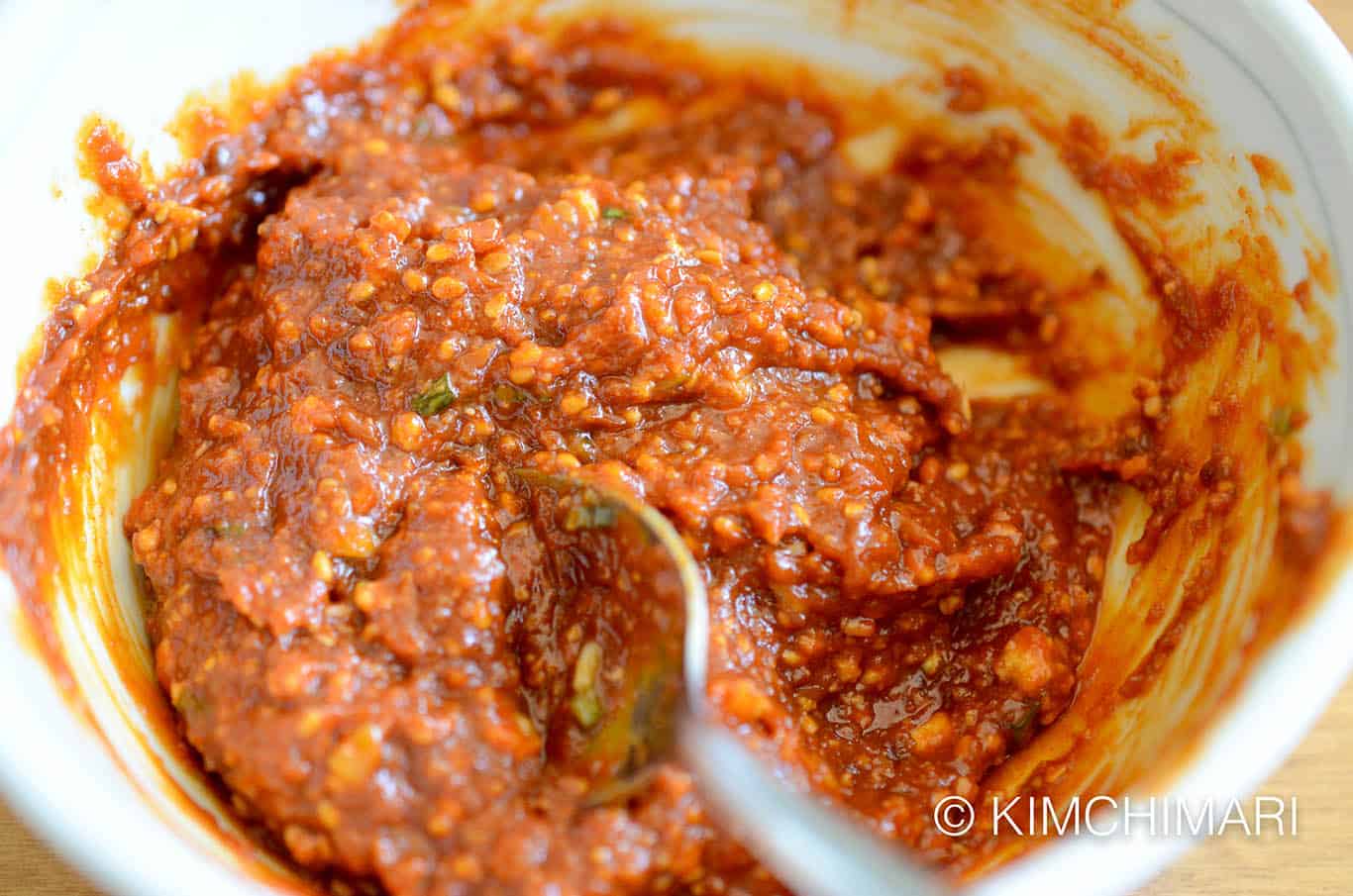
How to store
You can store Ssamjang in your refrigerator for at least 2 weeks or longer. If you want to store longer, make it without tofu and it will keep for months. And just add tofu right before serving to tone down the saltiness.
And that’s it! ENJOY!
XOXO ❤️
JinJoo
Watch my fully narrated YouTube Video for Ssamjang!
Ssamjang (Korean spicy dipping sauce)
Ingredients
Full Version
- 2 Tbsp Korean soybean paste (된장 Doenjang)
- 1 Tbsp Korean chili bean paste (고추장 Gochujang)
- 1 Tbsp mayonnaise
- 3 Tbsp extra firm tofu crumbled, squeezed
- 2 tsp garlic chopped
- 2 tsp green onions chopped
- 1 tsp fresh green chili peppers chopped (korean putgochu or jalapeno)
- 1 tsp onion powder or 1 Tbsp finely chopped fresh onion
- 1 tsp roasted sesame seeds
- 1 tsp sesame oil
- 1 tsp maple syrup or corn syrup
- 1 tsp green plum syrup or 1/2 tsp sugar
Simple Version
- 2 Tbsp Korean soybean paste (된장 Doenjang)
- 1 Tbsp Korean chili bean paste (고추장 Gochujang)
- 1 Tbs mayonnaise
- 2 tsp green onions chopped
- 1 tsp garlic chopped (garlic powder is OK)
- 1 tsp roasted sesame seeds
- 1 tsp sesame oil
- 1 tsp fresh green chili peppers chopped
Instructions
- If adding tofu, squeeze out excess liquid from tofu with your hands or by using cheesecloth. You don't need to remove liquid completely but just lightly enough so that it's not dripping liquid.
- Chop green onions, garlic, chili peppers.
- Mix all ingredients together in a bowl, taste and adjust by adding more tofu if too salty.
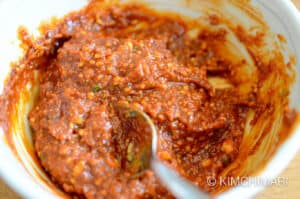
Tips & Notes:
Other ideas – just cut up some fresh carrots, cucumbers and even green chili peppers and serve with ssamjang. It can be a great side dish to any meat dish.
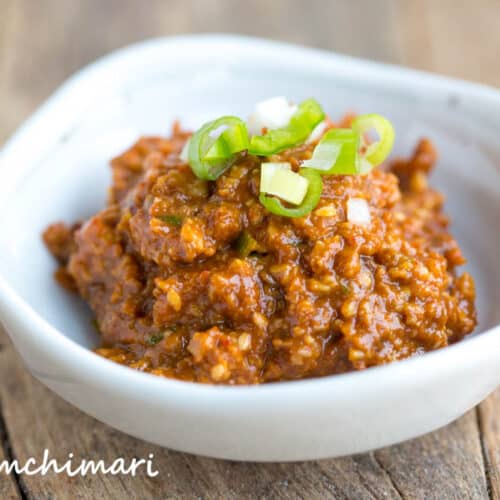

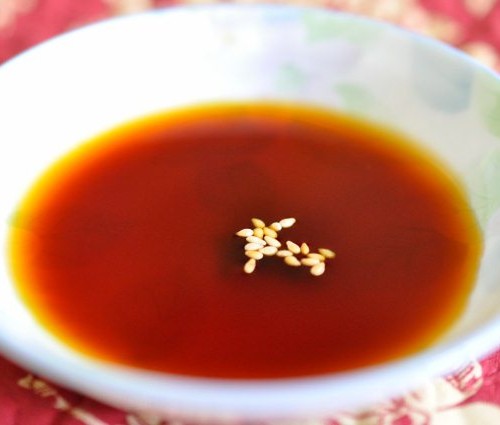
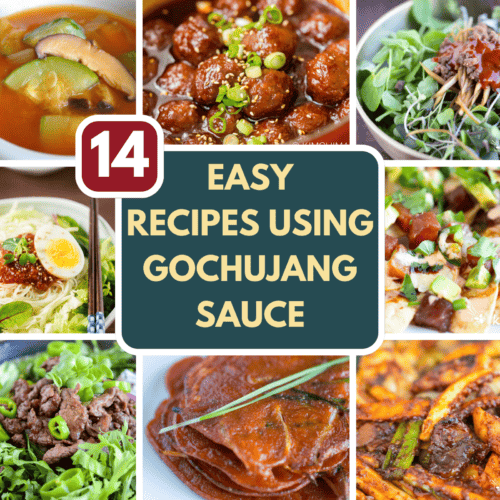
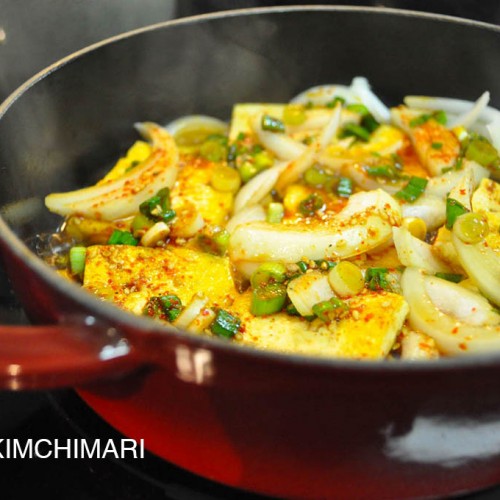
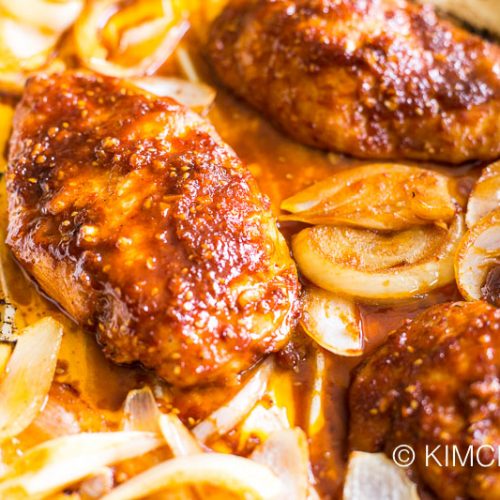
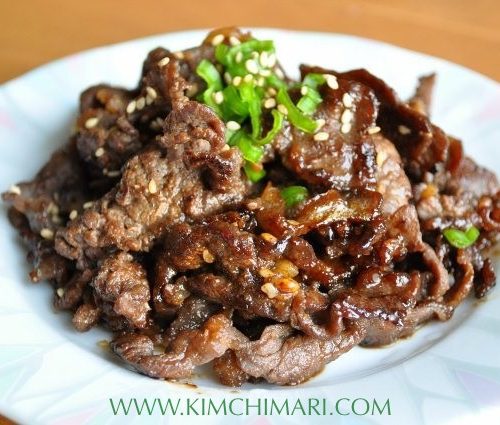
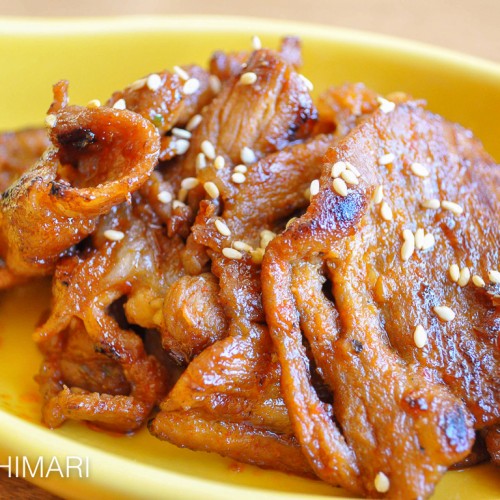
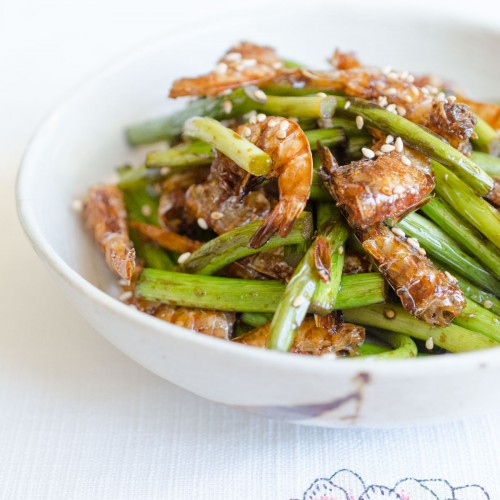
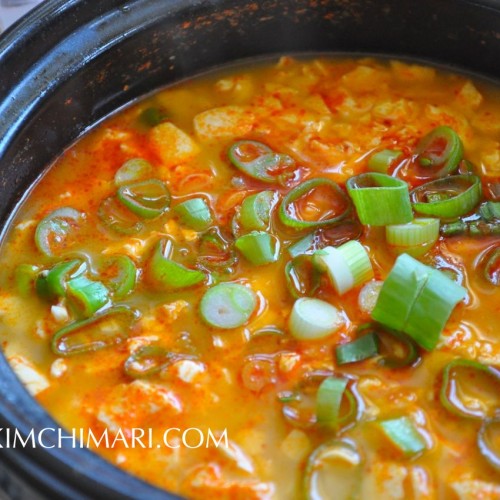
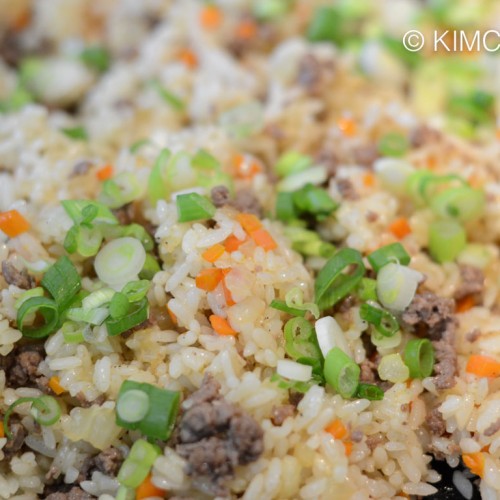
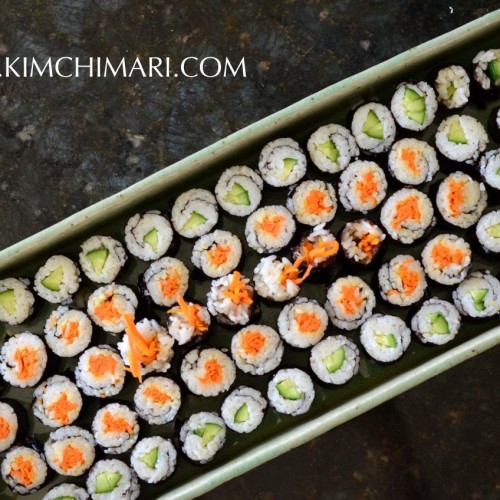
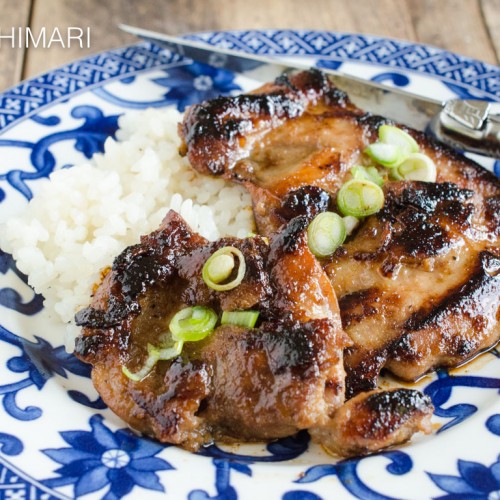
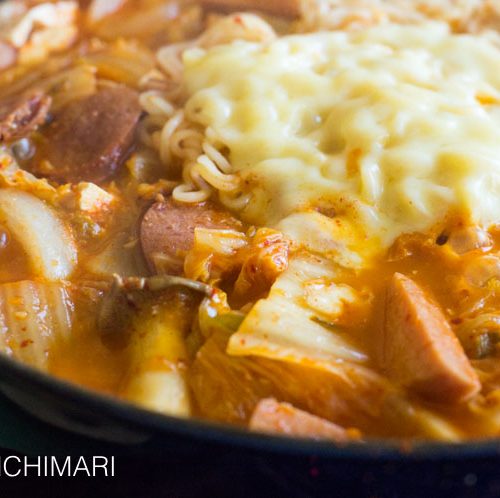







really good and easy…thanks!
This is amazing!
I’m glad to hear it! Thank you!
Can I use this as dipping sauce with hot pot?
Thanks
Yes you can but you probably want to make it more watery – add some lemon juice or vinegar.
Did you even read the comment?
Hi Charles, I’m not sure which comment you are referring to? I read and respond to every comment – at least I try – I’m sorry if I missed yours but I cannot seem to find it. Thank you!
감사합니다! My mom loves this stuff!! We just didn’t know the name & when I told her you posted the recipe ah~ you should have seen her face.
I am so glad that you found it! Thanks so much for letting me know!!